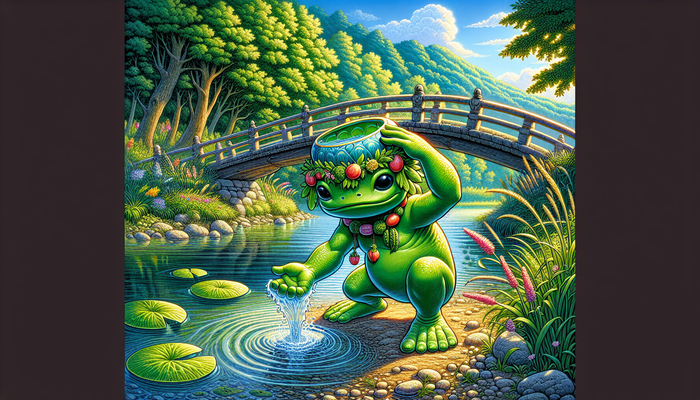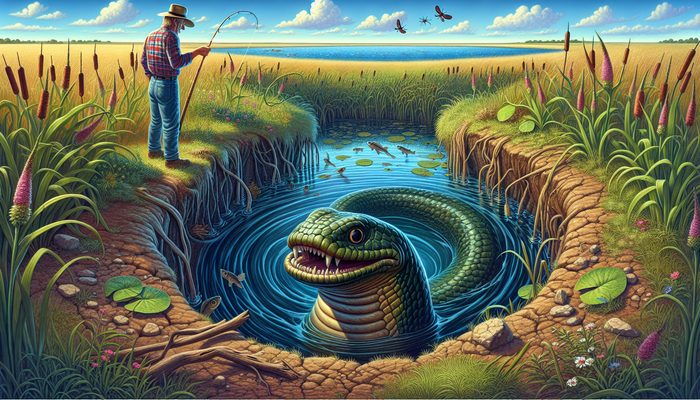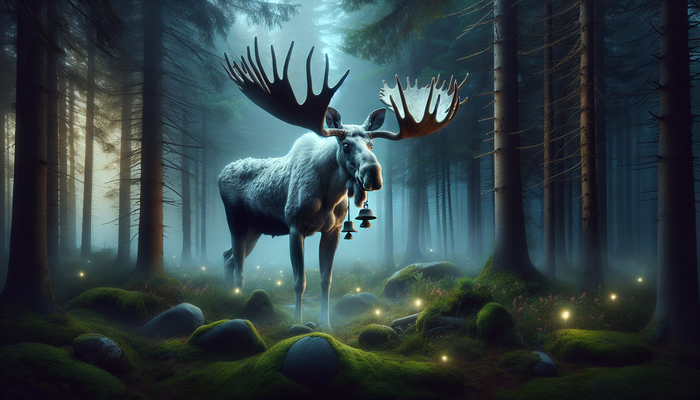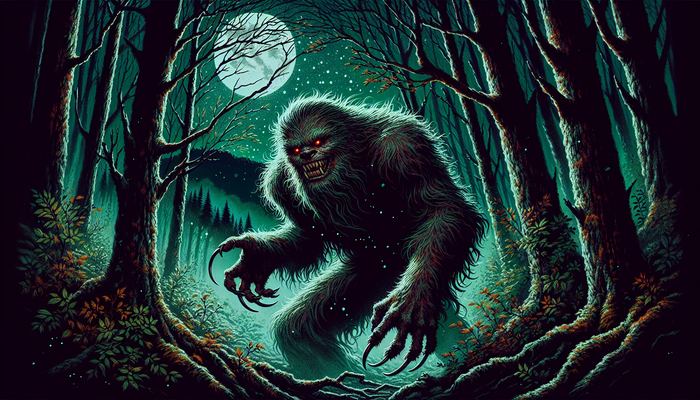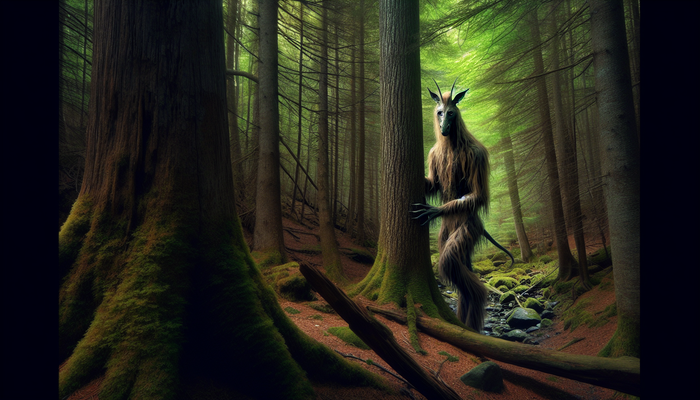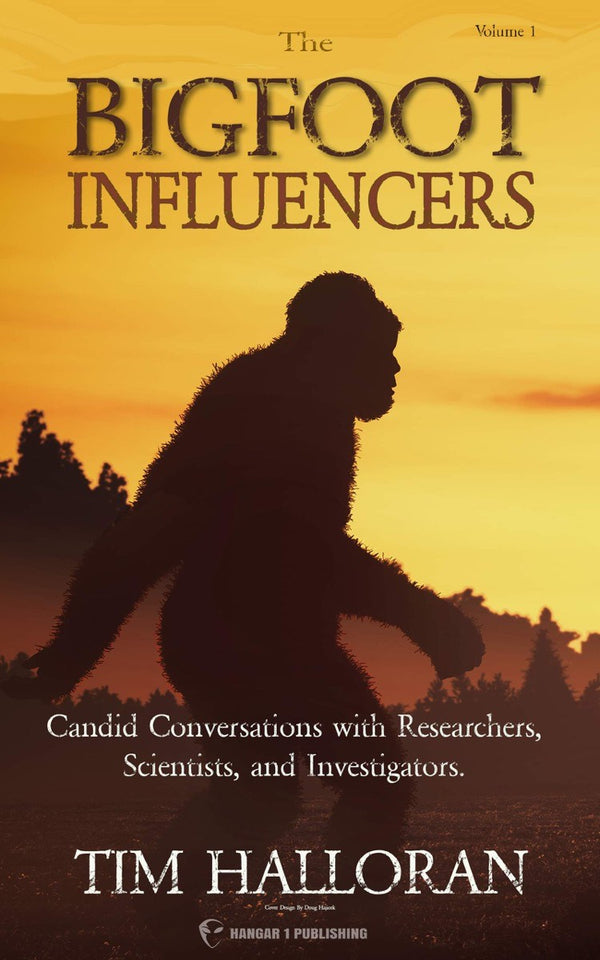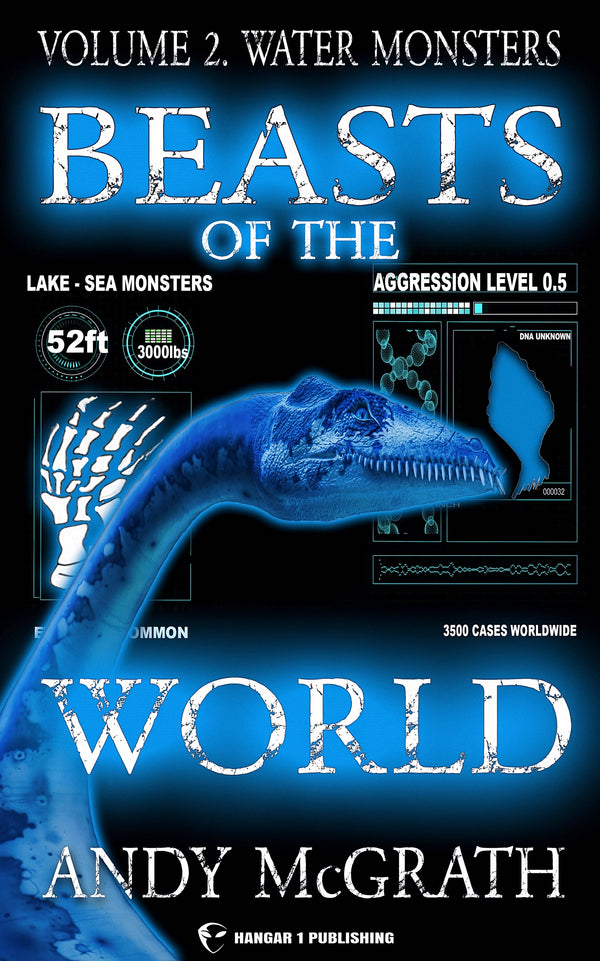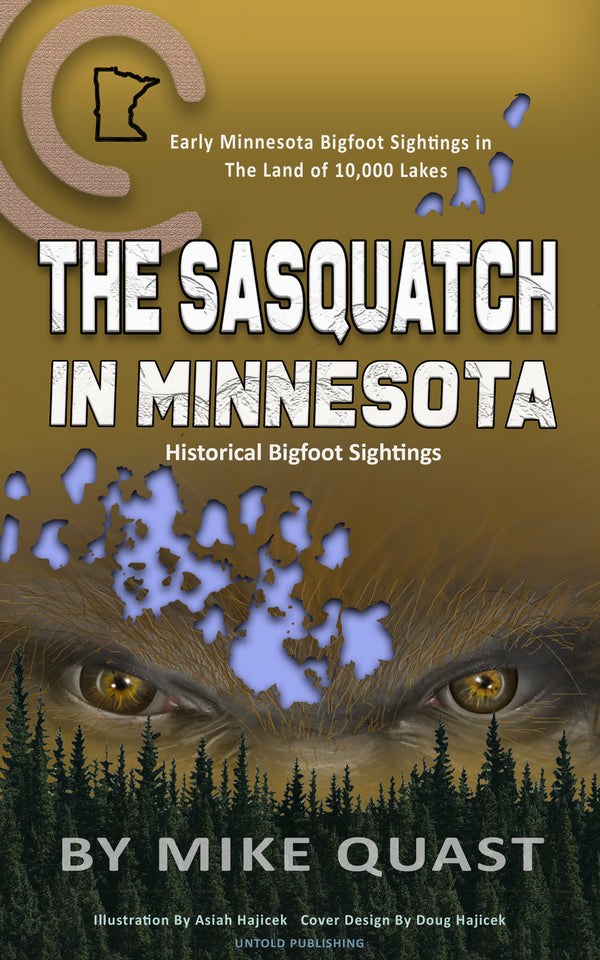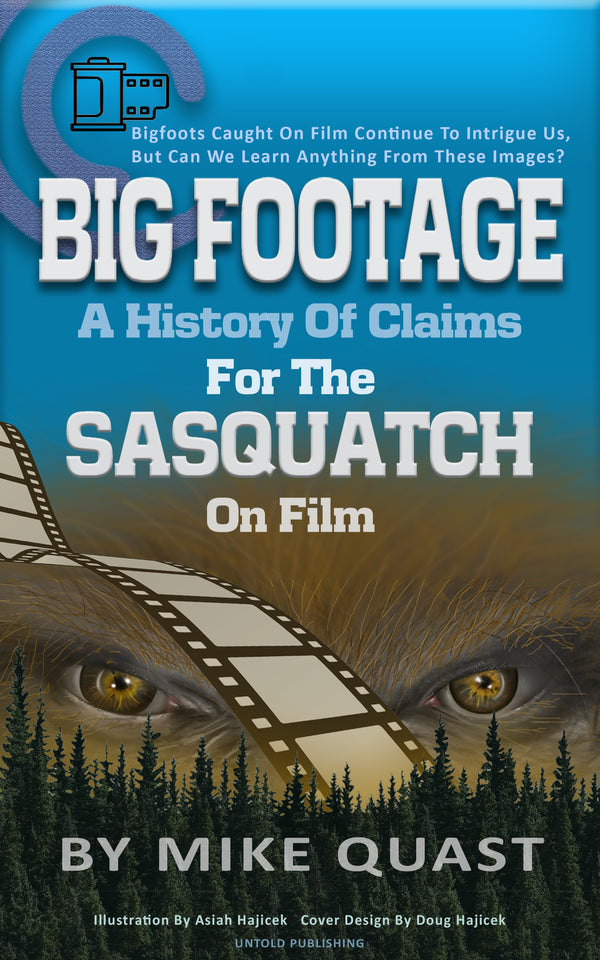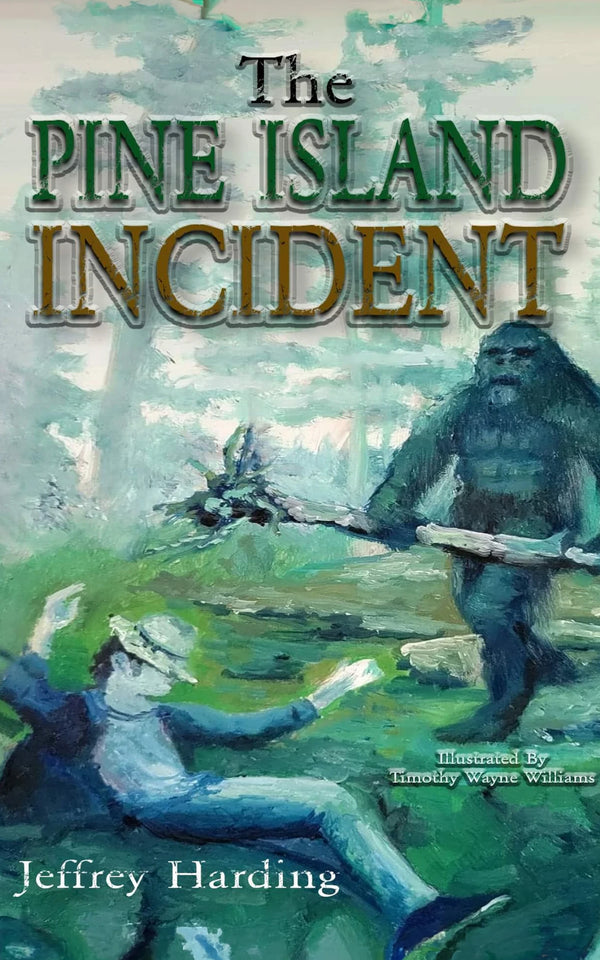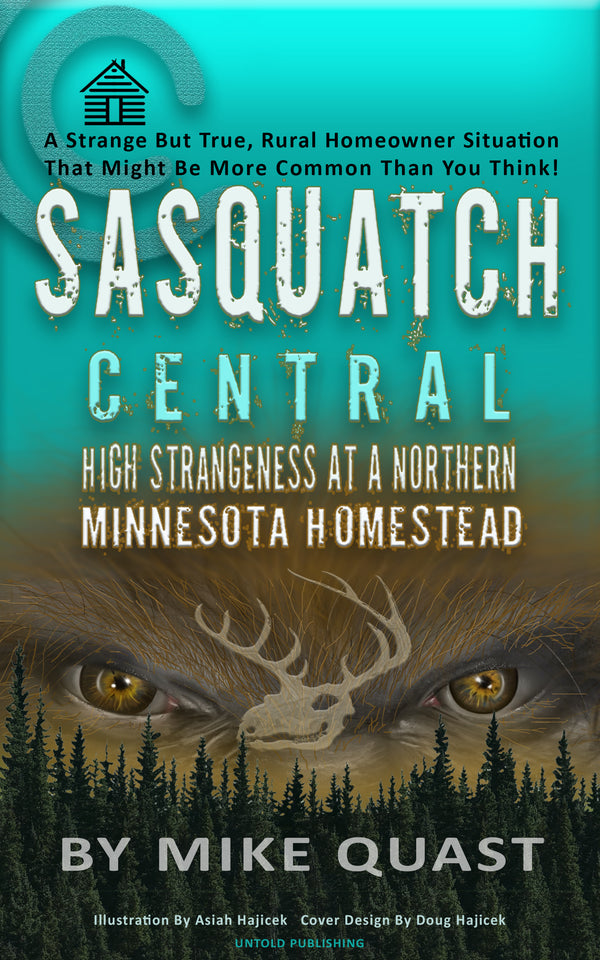Bigfoot Tracks and Footprints Analysis
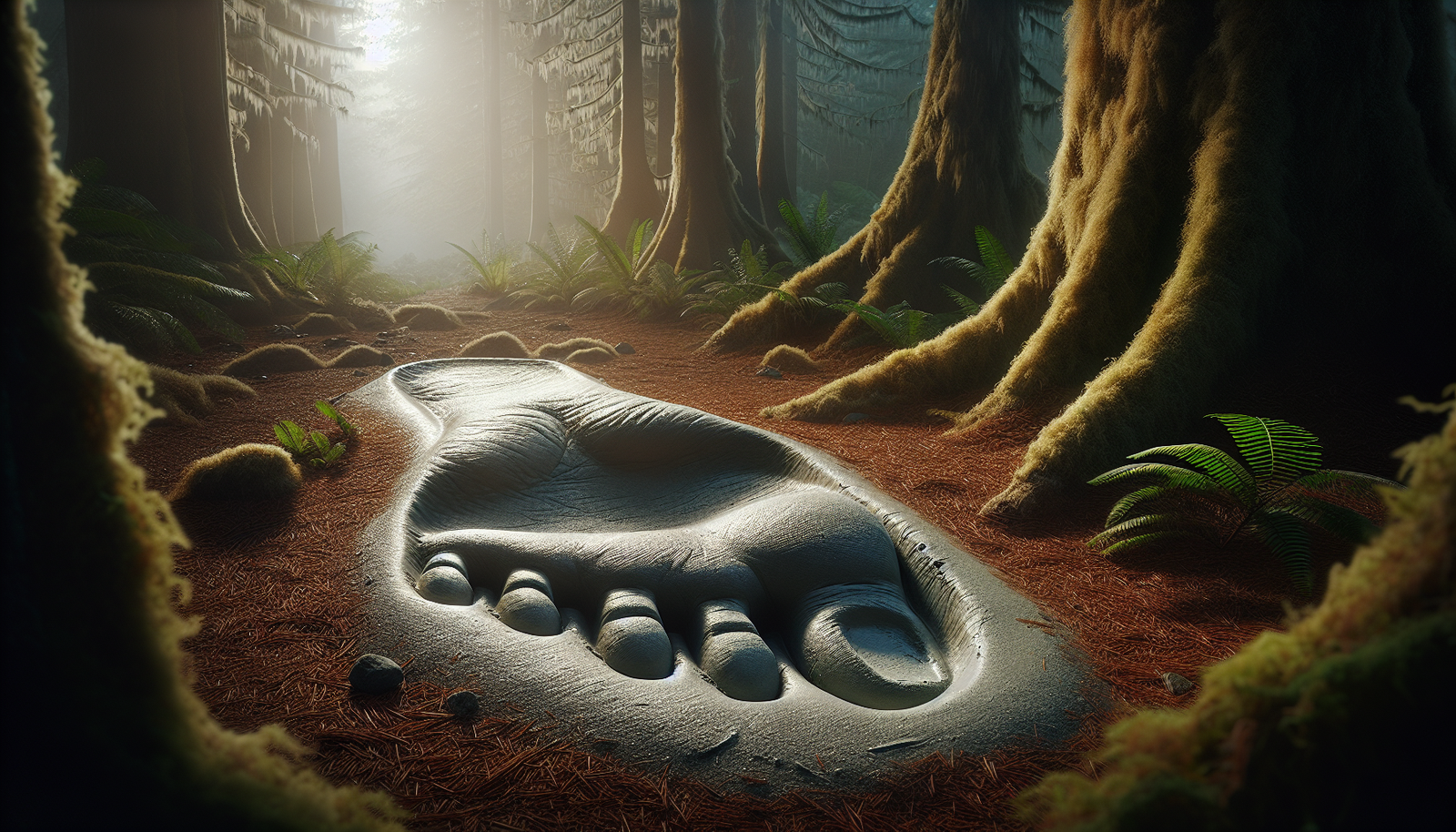
By Wade Beaumont, Cryptozoologist
The Birth of a Legend
Let's set the stage. It's 1958, and a fella named Jerry Crew is working his bulldozer in Bluff Creek, California. He stumbles upon something that'd make even the toughest logger's jaw drop—a set of footprints big enough to make a grizzly bear look like a house cat. Now, Crew wasn't some greenhorn easily spooked by shadows. He knew these prints were something special.
Word spread faster than wildfire. The Humboldt Times got wind of it, and before you could say "Sasquatch," the term "Bigfoot" was born. It was like throwing gasoline on a spark. Suddenly, everyone and their dog was talking about the mysterious creature lurking in the woods.
But here's the kicker—this wasn't just some newfangled idea cooked up by bored loggers. Native American tribes had been telling stories about these "wild men of the woods" for centuries. The Salish people called it "Sasquatch," which roughly translates to "wild man." It's like the land itself was whispering these tales long before we started listening.
Footprints in the Mud: What Are We Looking At?
Now, let's get down to brass tacks. What exactly are we dealing with when we talk about Bigfoot tracks? We're not talking about your average size 12 boot print here. These babies are massive—anywhere from 15 to 24 inches long and 7 to 10 inches wide. To put that in perspective, it's like comparing a kiddie pool to Lake Michigan.
But size ain't everything. It's the details that'll make your hair stand on end. These prints often show five toes, just like a human foot, but with some key differences. They're broader, flatter, and have a flexibility that'd make a yoga instructor jealous.
Here's where it gets really interesting. Some of these prints show what scientists call dermal ridges—those little lines on your fingers that make up your fingerprints. Dr. Jeff Meldrum, a professor at Idaho State University, has spent more time studying these ridges than most folks spend watching TV. He says these patterns are consistent with what you'd find on a primate foot. Not a bear, not a human in a big ol' shoe, but something... different.
The Science Behind the Tracks
Now, I know what you're thinking. "How in tarnation can anyone take this seriously?" Well, hold onto your hats, because the science behind footprint analysis is more complex than a squirrel's family tree.
First off, you've got to understand that making a cast of a footprint ain't like taking a snapshot with your phone. It's a delicate process that requires more patience than fishing on a still day. You've got to pour plaster into the print without disturbing it, wait for it to set, and then carefully remove it without breaking the cast. It's like trying to bake a soufflé in the middle of a rodeo—one wrong move and the whole thing falls flat.
But once you've got that cast, that's when the real fun begins. Scientists use all sorts of high-tech gadgets to study these things. We're talking 3D scanners, microscopes that could count the hairs on a gnat's back, and computer programs that can analyze every nook and cranny of that print.
One of the most fascinating aspects of this research is how environmental factors play into it. You see, not all dirt is created equal when it comes to preserving footprints. The best conditions are like Goldilocks' porridge—not too wet, not too dry, but just right. Soft, damp soil can capture details finer than your grandma's china. But get it too wet, and you've got yourself a mud pie instead of a footprint.
And here's the real kicker—these prints don't last forever. In fact, they start deteriorating faster than ice cream on a hot Texas day. A study by Neil Roach in 2016 showed that footprints can lose their defining features within hours. It's like Mother Nature's playing a game of hide-and-seek with us, and she's got a head start.
Famous Footprints: The Tracks That Made History
Now, let's talk about some of the heavy hitters in the world of Bigfoot tracks. The granddaddy of them all is the Patterson-Gimlin film from 1967. You've probably seen it—that grainy footage of a big, hairy something-or-other strolling through a clearing. But what many folks don't know is that right after that film was shot, the filmmakers made casts of the creature's footprints.
These aren't just any old tracks. They show something called a midtarsal break—a flexibility in the middle of the foot that you don't see in humans. It's like the foot can bend in half, which would be mighty useful if you were trying to navigate rough terrain without leaving a trail a blind man could follow.
Then there's the Skookum cast from 2000. This ain't your typical footprint. It's more like a full-body impression, as if Bigfoot decided to take a quick siesta in the mud. Some folks say it's just an elk wallow, but others swear they can see the outline of a massive, hairy behind. It's like trying to read tea leaves, but with a lot more mud involved.
Hoaxes and Hijinks: The Dark Side of Bigfoot Tracks
Now, I'd be pulling your leg if I didn't mention the elephant in the room—or should I say, the guy in the gorilla suit. The world of Bigfoot research is about as full of hoaxes as a politician's promise book.
Take Ray Wallace, for example. After he passed away in 2002, his family came clean about how he'd been making Bigfoot tracks with wooden feet strapped to his boots. It was like finding out Santa Claus was really just your dad in a red suit—disappointing, but not entirely surprising.
These hoaxes are more than just practical jokes. They're like throwing a wrench in the gears of serious research. Every fake print makes it that much harder for the real scientists to be taken seriously. It's like trying to find a needle in a haystack, except someone keeps adding more hay and fake needles just for kicks.
But here's the thing—just because there are fakes out there doesn't mean all the evidence is bunk. It just means we've got to be more careful, more skeptical, and more thorough in our investigations. It's like panning for gold—you've got to sift through a lot of dirt to find those nuggets of truth.
Bigfoot in the Big Picture: Why It Matters
Now, you might be wondering, "Why should I give two hoots about some oversized footprints?" Well, let me tell you, this ain't just about proving whether Bigfoot is real or not. It's about something much bigger.
Bigfoot represents our connection to the wild, to the unknown. In a world where we think we've got everything figured out, where we can Google the answer to any question, Bigfoot reminds us that there might still be mysteries out there. It's like a big, hairy question mark stomping through our certainty.
This fascination with Bigfoot has led to some pretty interesting developments. You've got organizations like the Bigfoot Field Researchers Organization (BFRO) conducting serious scientific investigations. There are conferences where people gather to share evidence and swap stories. Heck, there are even Bigfoot festivals that bring whole communities together.
But it goes even deeper than that. The search for Bigfoot has become a way for people to connect with nature. It gets folks out into the wilderness, paying attention to the world around them in a way they might not otherwise. It's like a treasure hunt where the real treasure is the experience itself.
And let's not forget about conservation. Many Bigfoot researchers argue that protecting potential Sasquatch habitat means protecting our forests and wild places. It's like using a mythical creature to fight for very real environmental causes. Pretty clever, if you ask me.
The Future of Footprint Analysis: Where Do We Go From Here?
So, what's next in the world of Bigfoot tracks? Well, technology is changing the game faster than a jackrabbit on a hot griddle. We've got drones searching for Sasquatch from the sky, thermal cameras trying to spot that elusive heat signature, and DNA analysis techniques that can identify a critter from a single hair.
But it's not just about gadgets and gizmos. The future of Bigfoot research is also about collaboration. You've got amateur enthusiasts working alongside professional scientists, sharing data and ideas. It's like a big ol' potluck where everyone brings something to the table.
And who knows? Maybe one day someone will find that smoking gun—or in this case, that perfect footprint—that changes everything. Or maybe we'll realize that the real value isn't in finding Bigfoot, but in what we discover about ourselves and our world along the way.
As we wrap up this journey through the world of Bigfoot tracks, I want you to remember one thing: the truth is out there. Maybe it's lurking in a muddy footprint deep in the woods. Maybe it's hiding in plain sight, waiting for us to open our eyes and really see. Or maybe, just maybe, the truth is that we need a little mystery in our lives, a little wonder to keep us looking up at the stars and out into the wilderness.
So next time you're out in the woods and you hear a twig snap or see a shadow move just out of the corner of your eye, take a moment. Look around. And ask yourself, "What if?" Because in that question lies the heart of the Bigfoot legend—a reminder that the world is still wild, still wonderful, and still full of surprises. Who knows, you might even stumble upon some ancient footprints that could upend our understanding of human history, or catch a glimpse of something that provides remarkable evidence of Bigfoot's existence.
From Bigfoot to UFOs: Hangar 1 Publishing Has You Covered!
Explore Untold Stories: Venture into the world of UFOs, cryptids, Bigfoot, and beyond. Every story is a journey into the extraordinary.
Immersive Book Technology: Experience real videos, sights, and sounds within our books. Its not just reading; its an adventure.


